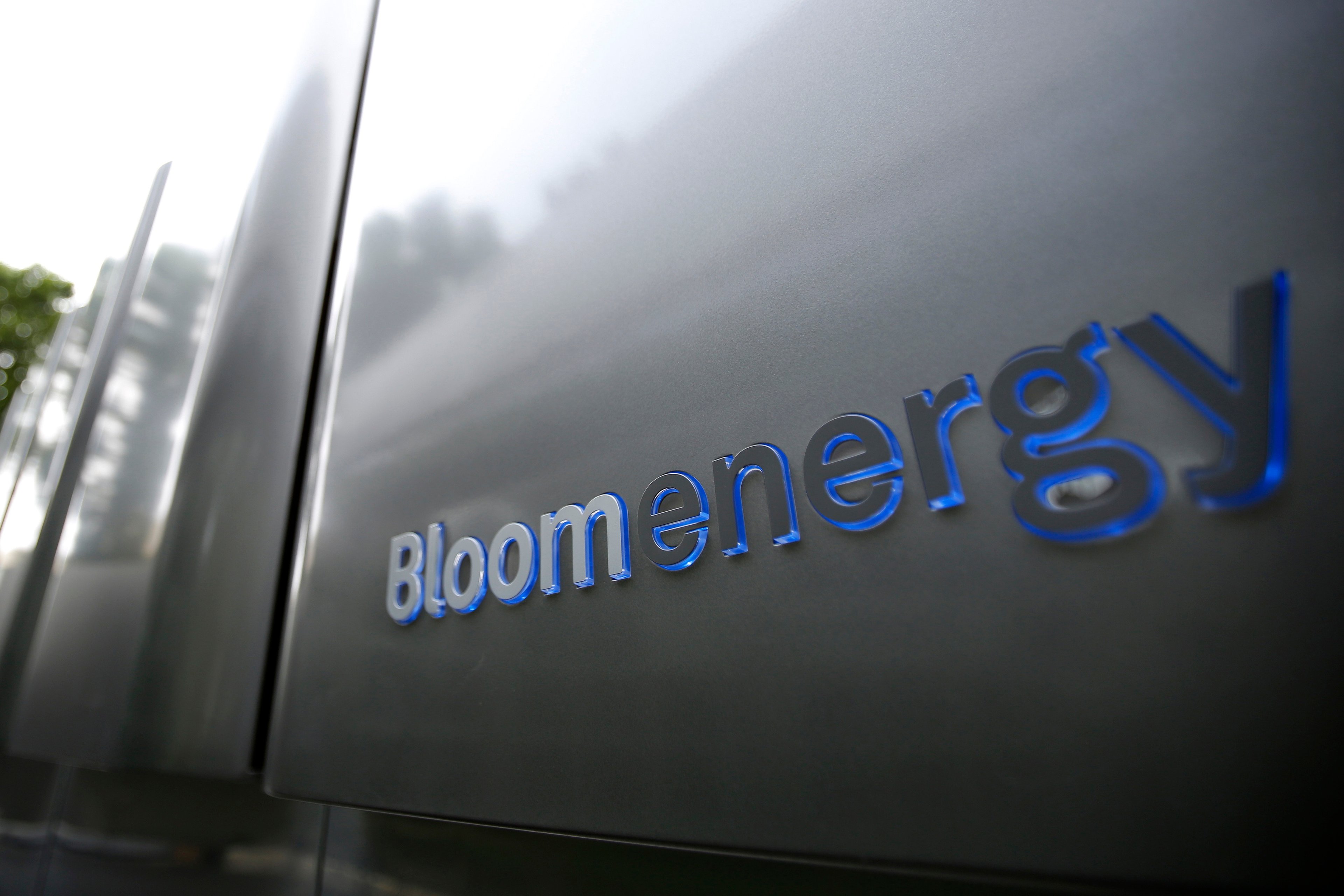
Image source: Getty Images.
Like so many other refiners this past quarter, Western Refining's (WNR +0.00%) earnings took a pretty big hit related to lower refining margins. However, the company showed that the recent decline was more a product of the market and not its own operations. It also got to show off the results now that it had completed the Northern Tier Energy acquisition.
Let's take a quick look at Western Refining's recent results and what investors should be watching for in the coming quarters.
By the numbers
| Results (in millions, except per share data) | Q2 2016 | Q1 2016 | Q2 2015 |
| Revenue | $2,107 | $1,455 | $2,828 |
|
Operating income | $163.4 | $78.6 | $315.3 |
| Net income | $65.4 | $30.5 | $133.9 |
| EPS | $0.70 | $0.34 | $1.40 |
Data source: Western Refining earnings release.
Like so many of its peers that have released second-quarter earnings, Western Refining got stung pretty hard by the refining margin bug this quarter despite putting up decent operating numbers. Across the board, the company's utilization and operating costs per barrel held steady at decent rates, but the decline in gross refining margins sapped away most of its profits. For its southwest operations, gross refining margins tumbled 31% to $13.55 per barrel. Similarly, gross refining margins from its newly acquired Norther Tier refinery saw gross margins decline 35% to $11.67 per barrel. Since refineries have relatively high levels of fixed costs, declines like this can have an exaggerated effect on the bottom line.
One of the benefits Western has over some of its other independent refiner peers, though, is that it has some wholesale and retail assets. These were extremely valuable for the company in this quarter because it helps to offset some of the compliance costs related to Renewable Fuels Standard and the associated RINs that refiners need to buy from blenders and retailers. Western Refining didn't break out its RIN costs like others have in the quarter, but the fact that it mentioned it in its results goes to show what kind of impact they're having across the refining industry.
The highlights
The biggest event for Western Refining this quarter was the completion of the Northern Tier Energy acquisition. The company had bought a controlling interest in Northern Tier back in 2013, but this quarter, it bought the remaining shares outstanding. By adding Northern Tier's assets into the fold. It will increase the company's total refining capacity by 37%, but more importantly, it helps the company maintain its position as a refiner with the highest realized gross margins across its suite of facilities.

Image source: Western Refining investor presentation.
One thing that may concern investors is that the company didn't buy back shares, at it has in prior quarters. There are two reasons for this. The first is that lower levels of cash from operations meant the company didn't have much cash available at the end of the quarter to buy shares. The other reason is that, as management stated in its investor earnings presentation, it wants to focus on debt reduction after completing the Northern Tier deal.
Keeping its debt under control is a particularly important topic for Western Refining's management because it had seen the ill effects that having too much debt can have on the business. Back when it bought Giant Industries in 2006, it saddled the company with a large debt load just before the recession hit, and it took years for the company's balance sheet to recover. Chances are, management won't want to make the same mistake twice and will look to get its debt back down to manageable levels before being too generous to shareholders.
From the mouth of management
With the trouble others were having with RIN costs, CEO Jeff Stevens went out of his way to mention how this is less of an issue for Western Refining. He also addressed some of the things that had some minor impact on the business:
This was a milestone quarter as we completed the Northern Tier transaction and began operating our combined assets as one team. All three refineries ran well during the quarter, retail fuel volumes were strong compared to Q2 2015 and we did a good job managing our expenses. Also, through our integrated retail and wholesale marketing supply system, we were able to mitigate our RIN expenses during a time that RINs increased in cost.
The third quarter has started off well as gasoline demand remains good. Canadian and Bakken crude oil differentials are normalizing following the Fort McMurray wildfires. Asphalt volumes and margins remain good. Over the near term, we will focus on debt reduction from cash flow from operations.
What a Fool believes
Western Refining earnings held up relatively well considering the tough times refining companies are facing today. Having some assets in retail and midstream certainly helped offset some of the issues, such as RIN costs, and it helps to smooth out earnings at a time when they can remain so volatile.
One question going forward is whether the company can bring its debt levels down quickly. Management has said it's a priority, but we'll need to see some tangible evidence over the next couple of quarters to make sure it's indeed heading in the right direction. Western Refining has shown over the past few years that it's good at generating strong returns for shareholders. As long as it follows through on its plan, it should continue to do so.






